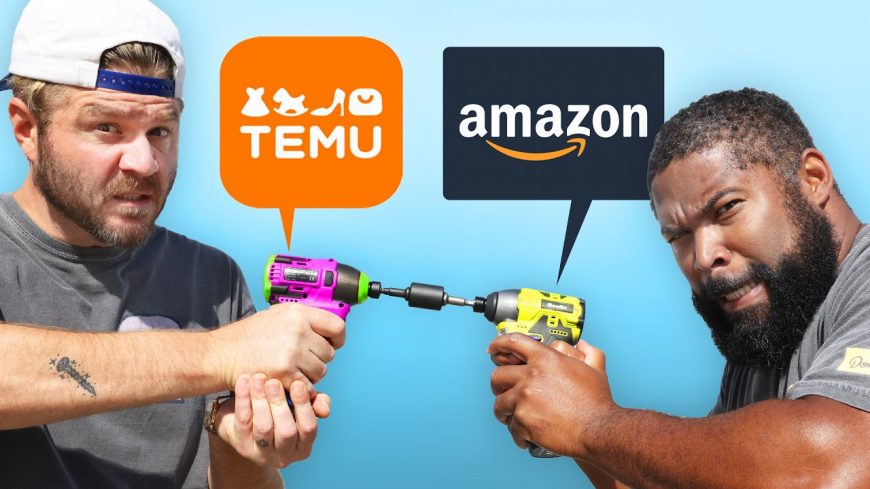Testing Tools From Temu (They Actually Rock!?)

In the world of consumer goods, it often feels like there are countless brands vying for our attention and hard-earned money on store shelves. Whether you’re in search of electronics, clothing, or tools, the options are seemingly endless. Moreover, the rise of e-commerce has made it possible to discover brands and products that may not even be available in traditional brick-and-mortar stores.
For years, we’ve been conditioned to believe that well-known, established brands found in reputable stores are the safest choice. The logic behind this is simple: when a store stands behind the product and a big brand lends its reputation to it, we tend to believe the product will perform at a higher standard.
Yet, as production costs decrease and the means of production become more accessible, a new wave of companies is emerging. These companies do their best to replicate the quality of big-name brands without the associated high costs.
This surge of competition now presents consumers with a dilemma. Are products offered by e-commerce platforms like Temu, which come with significant discounts, capable of competing with more established brands in the global marketplace?
In this article, we turn our attention to a group of enthusiastic testers at the Donut YouTube channel who took it upon themselves to assess a range of tools from this up-and-coming e-commerce app. Their objective was to determine if these budget-friendly tools could hold their own when compared to similar items typically purchased on Amazon.
This test yielded intriguing results that might lead many to give Temu a second look. On the flip side, it also raises questions about how these budget tools measure up against the established, high-end brands that one would typically encounter at a hardware store.
The landscape of consumer choices is evolving rapidly, and the distinctions between lesser-known brands and their more illustrious counterparts are becoming increasingly blurred. The performance of these products ultimately depends on the needs and preferences of the consumers themselves. Below, we check in with a test to see how the little guy is doing.

